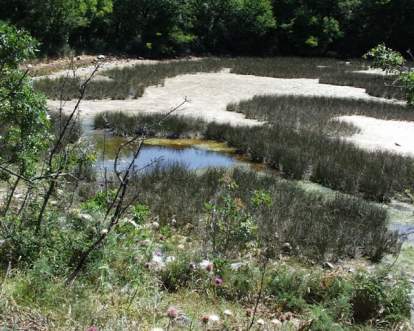
Photo 1. In autumn, the pond on the Ćuf peninsula is teeming with water
and plays host to many wetland birds (Photo by M. Randić)
A SALINE POND – A SMALL SALT MARSH
The western shoreline of Krk Island from Njivice to Malinska
is not particularly indented, with the exception of the protruding two-pronged
Ćuf peninsula. In the middle of the peninsula, not far from the sea, is
a round pond, in fact, a small salt marsh. In times of drought, most of
the pond is waterless and white fields of salt “blossom” on its flat,
muddy, clayey bottom. These salt fields stand out strikingly from the
surrounding area and are conspicuous in the landscape. The over-salted,
turbid mud is an excellent habitat for several narrowly specialized organisms
such as halophytes (Salicornia spp.), the golden samphire (Inula crithmoides),
crabs and certain spider species that spin their numerous webs on the
hardy stems of the salt-tolerant sea rush (Juncus maritimus).
When the rains fall, the salt is dissolved by the fresh
water and the pond begins to fill. It is then a regular host to wetland
birds. That is the most exciting time to visit the pond. The lush vegetation
that surrounds it makes it easier to come up close to the birds without
scaring them away. Many dragonflies of the genus Aeschna and Sympetrum
dart over the pond, adding to its liveliness.
Because of the features mentioned, we have recently listed
the pond/small salt marsh and the entire Ćuf peninsula among the 30 most
beautiful and interesting landscapes of Krk Island. Both the pond and
the peninsula are delineated in spatial plans as a valuable nature area.
Marko Randić

Photo 2. During times of drought, white fields of salt “blossom” on the
dry bottom of the pond. (Photo by M. Randić)

Photo 3. Halophytes are an indication of the extreme ecological conditions
of the pond’s muddy, salty soil. (Photo by M. Randić)



